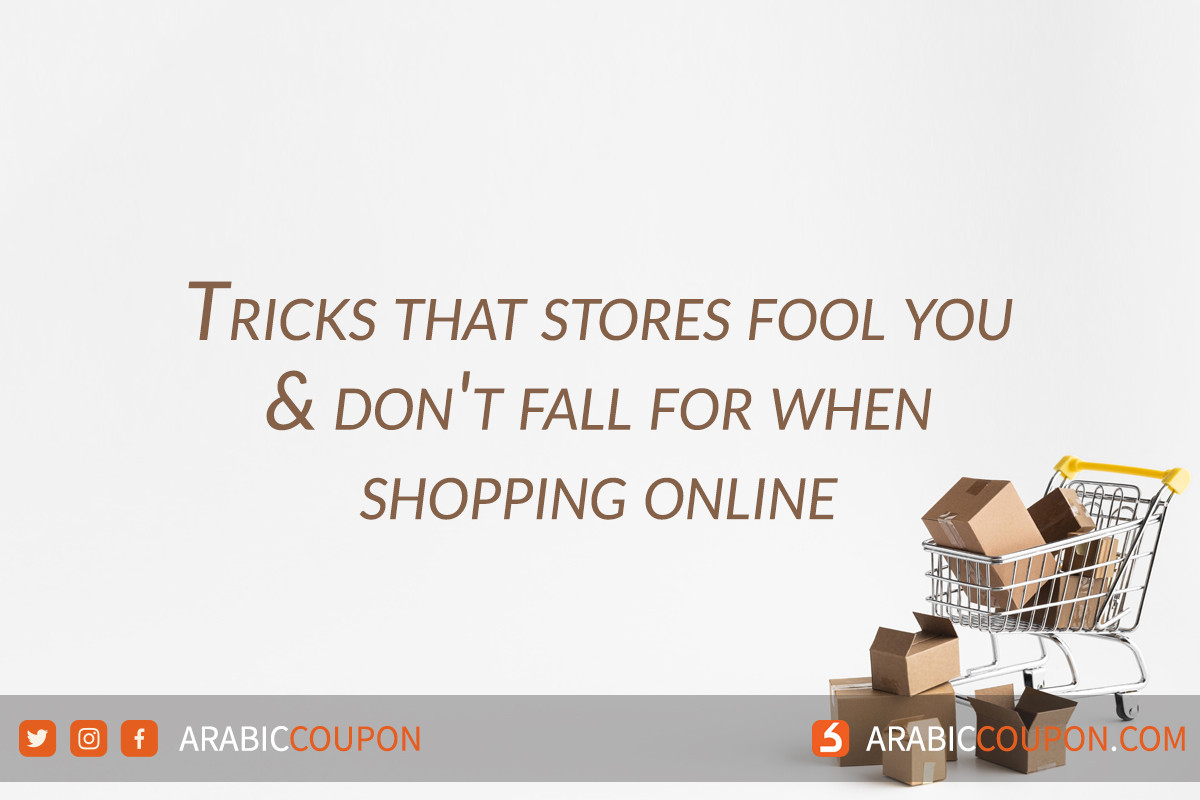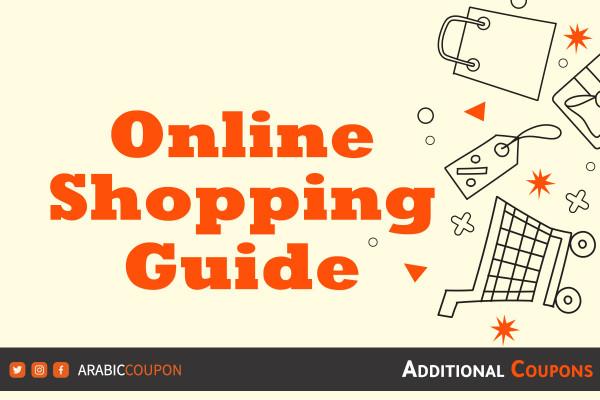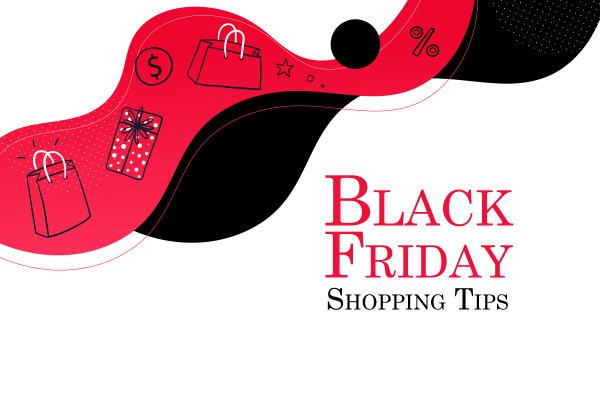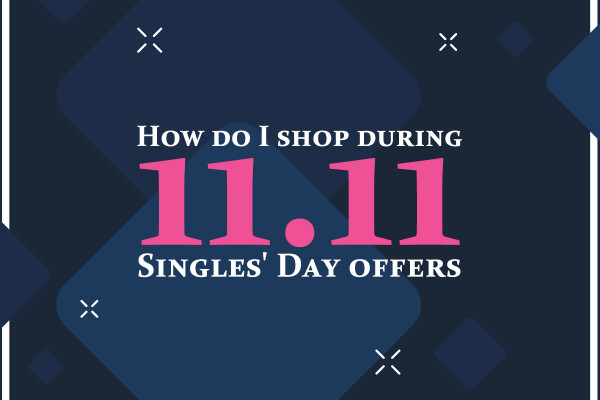Tricks that stores fool you and don't fall for when shopping online

If you are planning to go shopping from the malls, make sure that you will not fall prey to the tricks of the merchants that we will mention to you in today’s news, as the goal of these tricks is to force you to more costs and increase your expenses, the stores have used these misleading methods to affect the subconscious mind of the shopper and force him To make decisions that are not in his favor and buy products that he did not intend to buy, and for this reason, electronic stores were the safest way to shop with a limited budget, because you will not have to face all these tricks, but on the contrary, you will be able to shop freely and manage your financial affairs wisely and save more.
What are the tricks of traditional shopping?
Big shopping carts
Some of you may have noticed that the shopping carts are getting widening little by little, as this little trick contributed to making shoppers more voracious to fill their carts and feel the need to buy more products without realizing the truth of the matter, and to avoid this thing we recommend that you use a hand basket when shopping. It will make you able to control your purchases.
Constantly changing the location of the products
Although changing the places of products in shopping centers is not an easy thing, and it may cause tension and annoyance for the buyer, it is considered an effective method in drawing his attention to the special prices and buying what he likes from the products that he did not think before, where he can change Some sections only or switch shelves.
The locations of the products play a big role in influencing the purchasing decision. The store owner can exploit them in order to increase the sale of these products without making the slightest effort. For example, sweets are placed at the billing / cash points so that the shopper can see them quickly and throw them while calculating the value of his purchases.
Also, some stores put children's products in the lower shelves so that the child can see them and convince his parents to buy them. The surprising thing is that choosing the last part of the store to put basic foodstuffs and promotions was not a coincidence. This is also a technology that forces the shopper to walk around the majority of the store to reach What he needs increases the likelihood that he will make purchases along the way.
Fake offers
Most stores use fake offers to lure the traditional shopper, as they know that the shopper always needs discounts and discounts that save from his expenses, and for this they can manipulate his feelings and influence him by launching some fake offers by promoting unrealistic and unbelievably low prices for products, and once the shopper arrives To the store and ask about this offer, to be told that it has expired or that the quantity has run out.
Product pricing manipulation
Psychological pricing is one of the strategies most used by store owners, as stores realize that the shopper is interested in reading the price from the left to the right, focusing on the large number on the left side. For example, you display the price of the product at 9.9 instead of 10, which makes the shopper fall prey This trick and his belief that he got a 10% discount when the discount is only 1%.
Embarrassment of salespeople
Stores employ salespeople who have a distinctive marketing style so that they are able to influence shoppers and make them take actions they did not plan for. A sales representative is defined as the person who sells the company’s goods and services and represents its brand. He manages relationships with customers from the moment they arrive at the store until they reach the store. Finally complete the purchase. The salespeople's policy is based on embarrassing the shopper by helping him obtain the necessary information about the product or its experience, and then urging him to buy with a lot of pressure, such as the end of the quantity and other methods.







